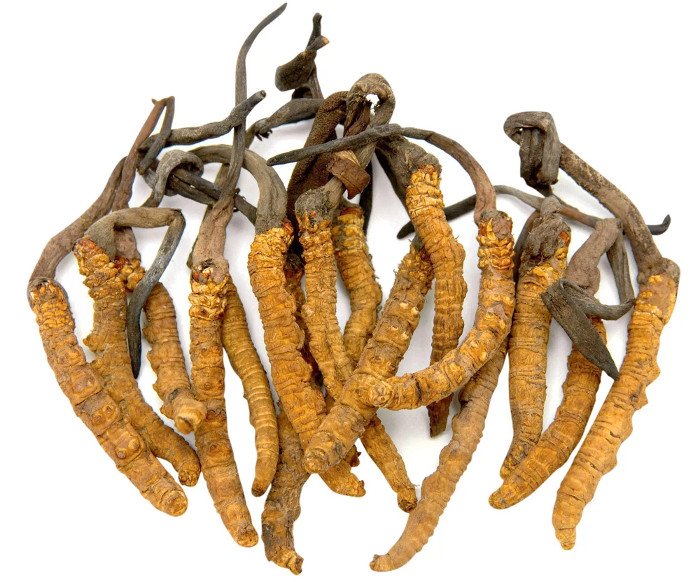How Cordyceps grow
Cordyceps is one of the most expensive biological items in the world, can cure aches and pains, treat cancer and enhance fertility.
According to Earth Touch News, in term of terminology, cordyceps in Tibet is widely known as yartsa gunbu, meaning "summer grass, deep winter". China often shortened this name to "coincidence". Cordyceps is actually not a herb (grass) or a worm (worm). It is formed by the fungus Ophiocordyceps sinensis living on the caterpillar of the caterpillar genus Thitarodes.
The moth fungus O. sinensis lives on grasslands in central Asia. Its distribution range is at an altitude of over 3,000 m, mainly in the Tibetan plateau, north extending to the Ky Lien mountain range (China), south to the plateau of Yunnan province (China) and west to Uttarakhand state, India.

Cordyceps.(Photo: Nepl).
Like many parasites, O. sinensis invades the interior of the caterpillar when larvae molt in the hottest time of summer. It eats the host tissue, causing the larvae to die after a few weeks below the ground about 2 - 5cm.
The outer coating of the caterpillar remains intact, but its body resembles a mummy. When spring comes, the fungus develops the fruiting body that grows out of the parasite's head and emerges from the ground. The whole caterpillar under the ground and the upper fruiting body are called cordyceps.
The medicinal effect and body strengthening of cordyceps is promoted in Tibet at least since the 15th century, with the most prominent function of promoting sperm production in men. This may stem from the observation that Tibetan cows increase their vitality when eating cordyceps.
By the 17th century, cordyceps became a popular Chinese traditional medicine. Because the price is very expensive, only royalty or nobles have money to buy them.
Over the past few decades, the need to use Cordyceps has soared. Market price in Tibet, which provides 96% of Cordyceps production, increased 900% from 1997 to 2008.
In Nepal, the price increased by 2,300% between 2001 and 2011. One pound (1 pound = 0.454kg) of the best type of cordyceps costs about $ 50,000.
In many places in Tibet, the Cordyceps mining industry generates 40-80% of income for local people. Many studies show that overexploitation of cordyceps caused their number to decrease. Conservationists fear this will negatively affect nature and the environment.
- The process of culturing Cordyceps pupae in China
- Himalayan Cordyceps endangered
- Close up of cordyceps 7 million VND / kg of Vietnam
- Vietnam produces cordyceps
- Ready to transfer the technology of Cordyceps fungus
- The unknown about the deep-grass species
- Lam Dong produces mulberry cordyceps
- Hunt for cordyceps in the Tibetan plateau
- Detection of fungal herbicides 6 times stronger than Glyphosate
- Detecting anti-inflammatory substances on fungus fungus
- Real plants grow up from the stomach of the dead
- Thousand-year-old herb extends life
 Why do potatoes have eyes?
Why do potatoes have eyes? 'Tragedy' the world's largest carnivorous life: Death becomes ... public toilet
'Tragedy' the world's largest carnivorous life: Death becomes ... public toilet Tomatoes were once considered 'poisonous' for 200 years
Tomatoes were once considered 'poisonous' for 200 years Detecting microscopic parasites on human face
Detecting microscopic parasites on human face